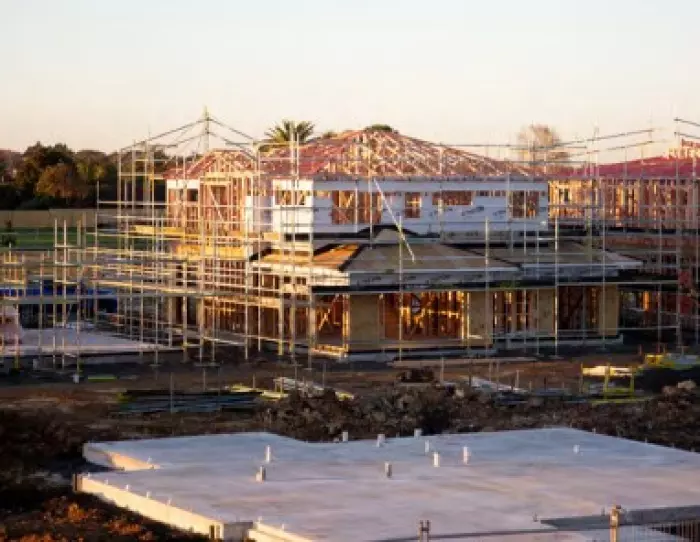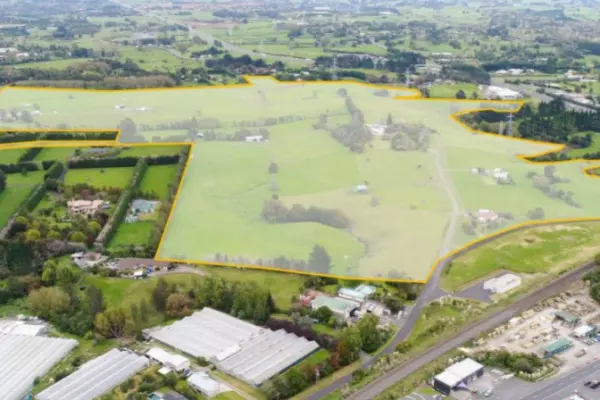First home buyers committed to $1.1 billion in home loans last month, which at a fifth of all new mortgages was their highest share of new loans since the Reserve Bank started keeping track in 2013.
That is up from 18.5 percent in May and 17 percent last June, on the back of rock bottom lending rates and incentives worth as much as $10,000 for an existing home and $20,000 for a new home under the government's first home grant scheme.
The central bank’s numbers for last month show that loans to investors, meanwhile, slipped to a shade over $1 billion, or 19.4 percent of new mortgage commitments overall, versus 20.7 percent in 2019.
Owner-occupiers borrowed $3.2 billion, down from $3.4 billion in June 2019.
Overall mortgage lending climbed to $5.36 billion for June, double the lockdown-impacted $2.7 billion in April but down 1.4 percent versus June 2019. That reflected a 7.8 percent year-on-year fall in mortgage lending in Auckland.
The first home bias was also reflected in an upwards creep in the share of lending being approved at above the now-suspended 80 percent loan-to-value ratio limit, at 12.1 percent of all loans for the month.
But interest-only loans were at a lower level than the prior two months, with owner-occupiers at $906 million, or 17 percent, and investors at $421 million. That accounted for about a quarter of all new lending, down from 27 percent in February.
Relief sorted
Kelvin Davidson, senior property economist with Corelogic, said this suggested that most households that needed some relief on their current expenses, had already "got this sorted."
He said while banks have money available, they are still “paying very close attention to a borrowers’ job security and their ability to keep meeting their repayments in future.”
There are, however, hints that the internal serviceability interest rates being used to “stress-test borrowers” are being slowly reduced, while there’s also very little pressure coming through on mortgagee sales.
As with many of his peers, Davidson believes that September will loom as a crunch period for the economy, mortgage lending activity and the greater property market, given the end of the wage subsidy on Sept. 1 and the general election on Sept. 19.
He suggested that the negative impacts of the recession will begin to outweigh the positive effects of ultra-low mortgage rates as the year progresses.
He noted that about 15 percent of total residential loans, or $40 billion worth, has had “some kind of relief” in the past few months, including payment deferral, which will need to be refinanced soon.














